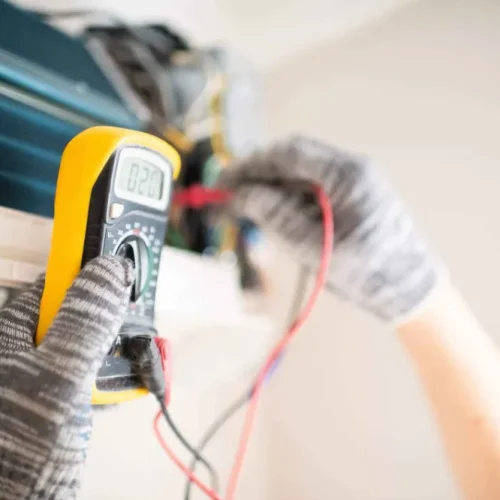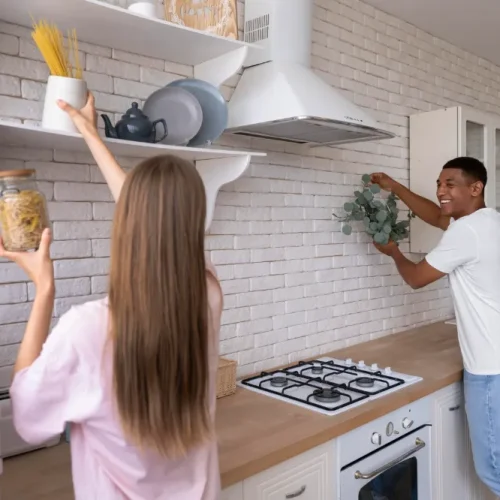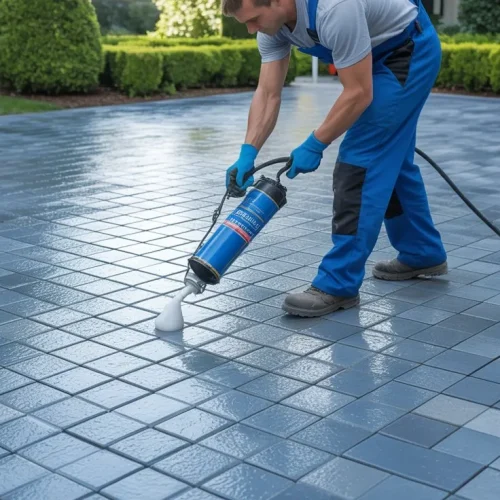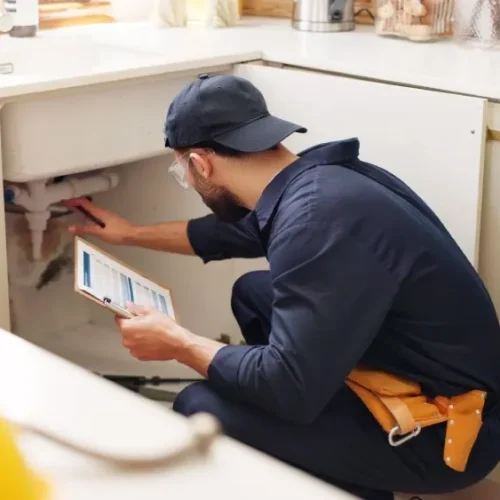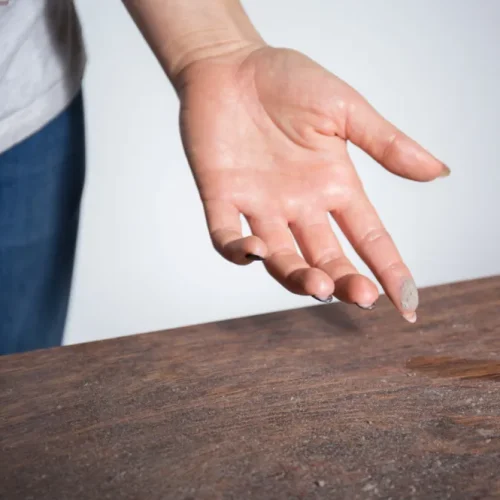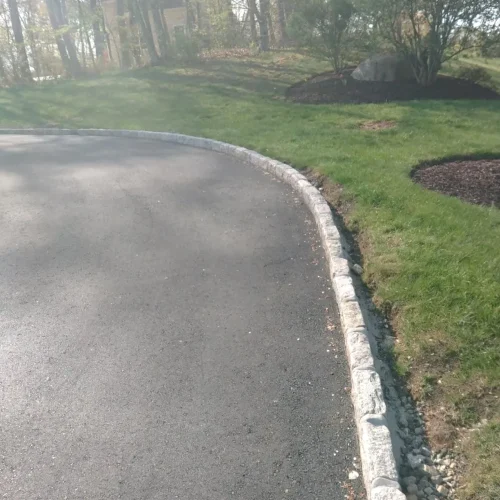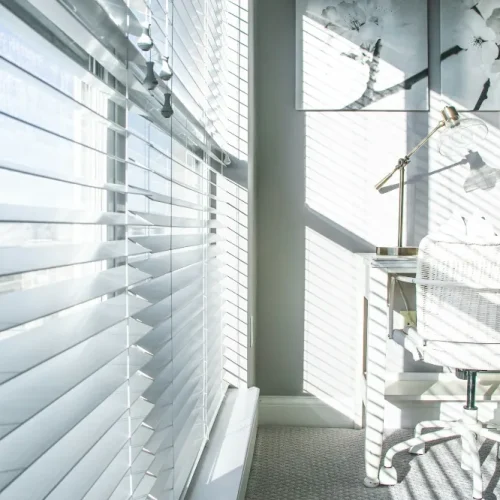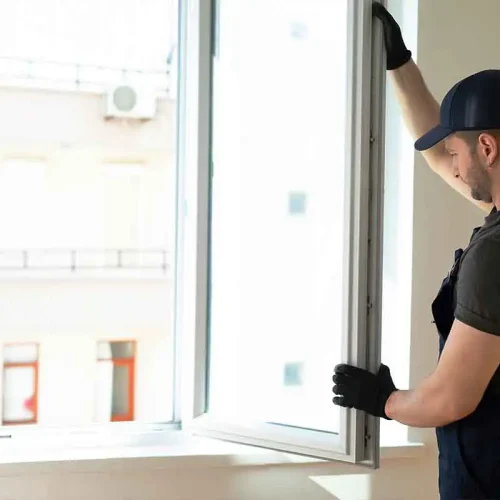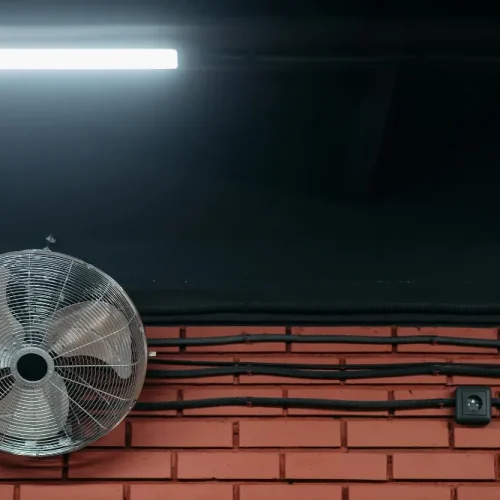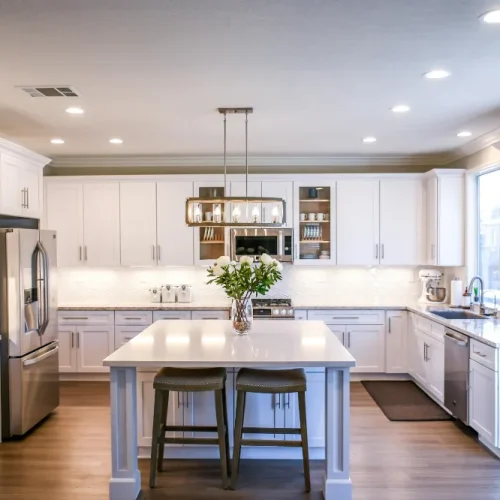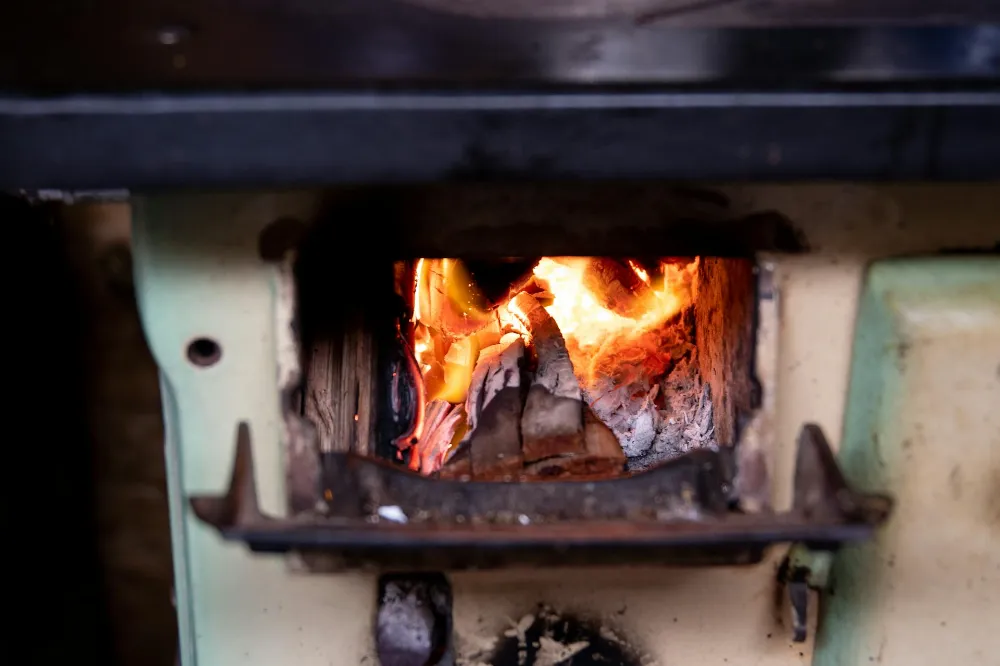
When the cold season arrives in Massachusetts, keeping your home comfortable becomes a top priority. The chill in the air, the early sunsets, and the potential for snow all make a warm and cozy house feel like the ultimate retreat. But while comfort is important, you also need to think about efficiency. Heating costs can rise quickly during the winter months, and without the right strategies, you may find yourself facing higher bills than expected.
Framingham and its surrounding towns experience winters that are long and sometimes harsh, which means heating systems are working almost nonstop. For homeowners, this makes it essential to find a balance between warmth and energy efficiency. A well-maintained heating system, smart energy habits, and simple upgrades can make all the difference. And since heating equipment is often the backbone of a home’s winter comfort, starting with its care is one of the most practical steps you can take.
Heating System Maintenance and Repairs
Your heating system plays the biggest role in keeping your home comfortable during cold weather. Regular maintenance not only ensures it runs efficiently but also prevents costly breakdowns when you need it most. One question many homeowners face is whether they should stick with oil or gas heating systems. Both have advantages and challenges, especially when it comes to upkeep.
For instance, if you’ve ever wondered about the differences between oil vs gas furnace repair in Framingham, MA, it comes down to how each system functions and what kind of maintenance is required. Oil furnaces often require more frequent cleaning and filter replacements due to soot buildup, while gas furnaces tend to run cleaner but may involve different repair needs, such as addressing gas lines or ignition systems. Understanding these differences can help you decide which option best fits your household’s heating demands and long-term budget. With regular inspections and timely repairs, either type of system can deliver dependable warmth throughout the season.
Insulation: Keeping Warmth Inside
Even the best furnace won’t perform well if your home isn’t properly insulated. Insulation acts as a barrier that keeps warm air inside and prevents cold drafts from creeping in. Many homes lose heat through poorly insulated attics, walls, or even small cracks around windows and doors.
By upgrading your insulation or sealing those gaps, you can keep your furnace from working harder than it needs to. It not only lowers your energy bills but also keeps rooms consistently comfortable. If you’ve ever noticed certain spots in your house feeling draftier than others, it’s a sign that insulation or sealing improvements may be needed.
Smart Thermostat Use and Temperature Control
Another effective way to keep your home warm and efficient is through better temperature management. Smart thermostats have become increasingly popular because they allow you to adjust settings based on your lifestyle. For example, you can program your thermostat to lower the temperature at night when everyone is asleep or during the day when the house is empty.
Even a small adjustment can lead to noticeable savings on heating costs. What makes smart thermostats even more appealing is the ability to control them remotely. If you forget to change the setting before leaving, you can make adjustments right from your phone, ensuring you’re not heating an empty house unnecessarily.
Regular Filter Replacement and Airflow Optimization
One of the simplest maintenance tasks you can do yourself is replacing your furnace filter. A dirty filter restricts airflow, which forces your system to work harder and use more energy. It can also reduce indoor air quality, which impacts your comfort in more ways than one.
A good rule of thumb is to check filters monthly and replace them every one to three months, depending on usage. Beyond filters, it’s also important to make sure vents aren’t blocked by furniture or rugs. Keeping the airflow unobstructed allows your system to distribute heat evenly throughout your home.
Window and Door Efficiency Upgrades
Windows and doors are common culprits when it comes to heat loss. If you feel a draft near these areas, your home is likely losing warmth and forcing your furnace to run longer. Simple solutions like adding weatherstripping, using draft stoppers, or applying caulk around frames can make a big difference.
For a more noticeable improvement, consider installing thermal curtains to trap heat indoors at night. Long-term, energy-efficient windows and storm doors are smart investments that not only save on heating costs but also increase the value of your home.
Alternative Heating Options and Supplements
While your main heating system does most of the work, there are times when supplemental heat can come in handy. Space heaters, fireplaces, and pellet stoves are common additions that can provide extra warmth in the rooms you use most.
The key to using these options is safety and moderation. For example, a space heater is useful for a home office or bedroom, but it should never replace your main heating system. By using supplemental heat strategically, you can stay comfortable without overloading your furnace.
Energy-Saving Habits and Lifestyle Adjustments
Not all solutions require big investments; sometimes it’s the small habits that matter most. Wearing layers indoors, using cozy blankets, or keeping doors closed to unused rooms can go a long way toward conserving energy. Cooking at home adds warmth to your kitchen, while running ceiling fans clockwise at low speed helps circulate warm air.
These lifestyle adjustments may seem simple, but when combined with system maintenance and upgrades, they make your home both warmer and more efficient.
Professional Energy Audits and Long-Term Improvements
If you want to go a step further, scheduling a professional energy audit is a great option. Auditors can pinpoint exactly where your home is losing energy and suggest the most effective improvements. Sometimes these are small fixes, but other times they may involve larger projects like upgrading your furnace, adding insulation, or investing in renewable energy sources.
While these improvements often require upfront costs, they pay off in the long run through lower energy bills, increased comfort, and even higher property value. Taking a proactive approach now ensures your home will remain efficient and comfortable through many winters to come.
Staying warm during the cold months doesn’t have to mean sacrificing efficiency or overspending on energy bills. With the right combination of heating system care, insulation upgrades, smart thermostat use, and mindful daily habits, you can enjoy a home that’s both cozy and cost-effective.
The key is to think of warmth and efficiency as a partnership. When your system is running smoothly, your house is well-insulated, and your habits align with energy-saving practices, winter comfort becomes much easier to achieve. By making smart choices today, you’ll be ready to face the cold with confidence and enjoy the cozy retreat your home was meant to be.

